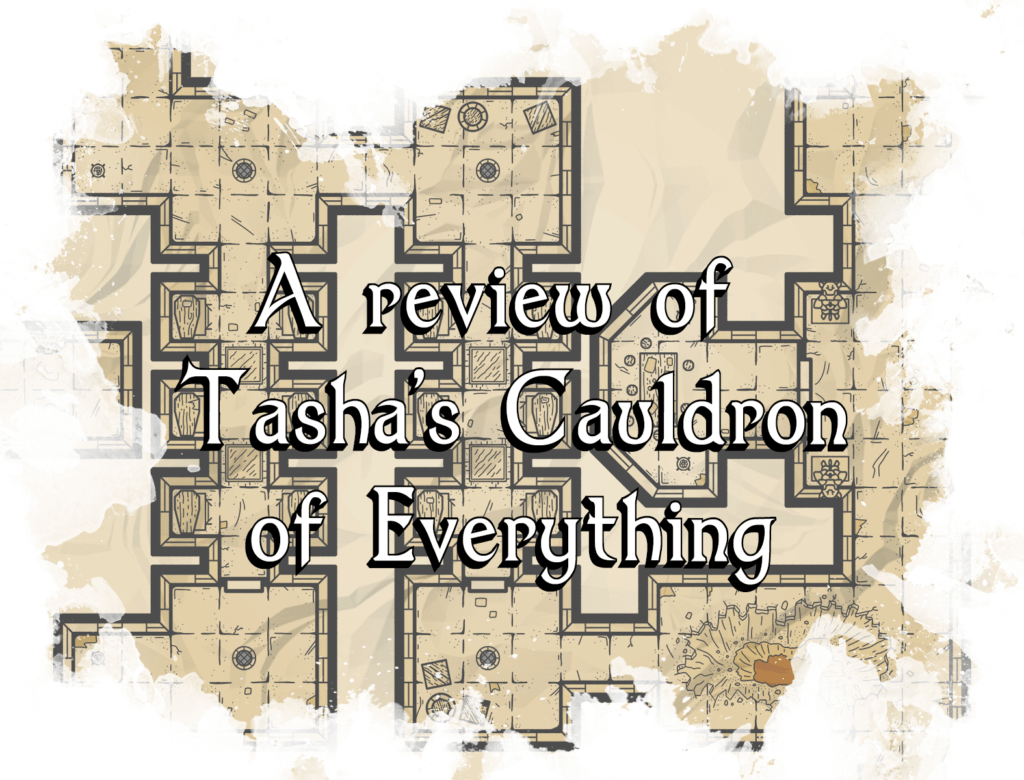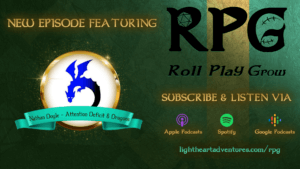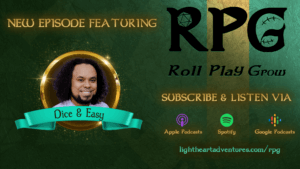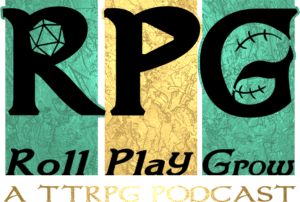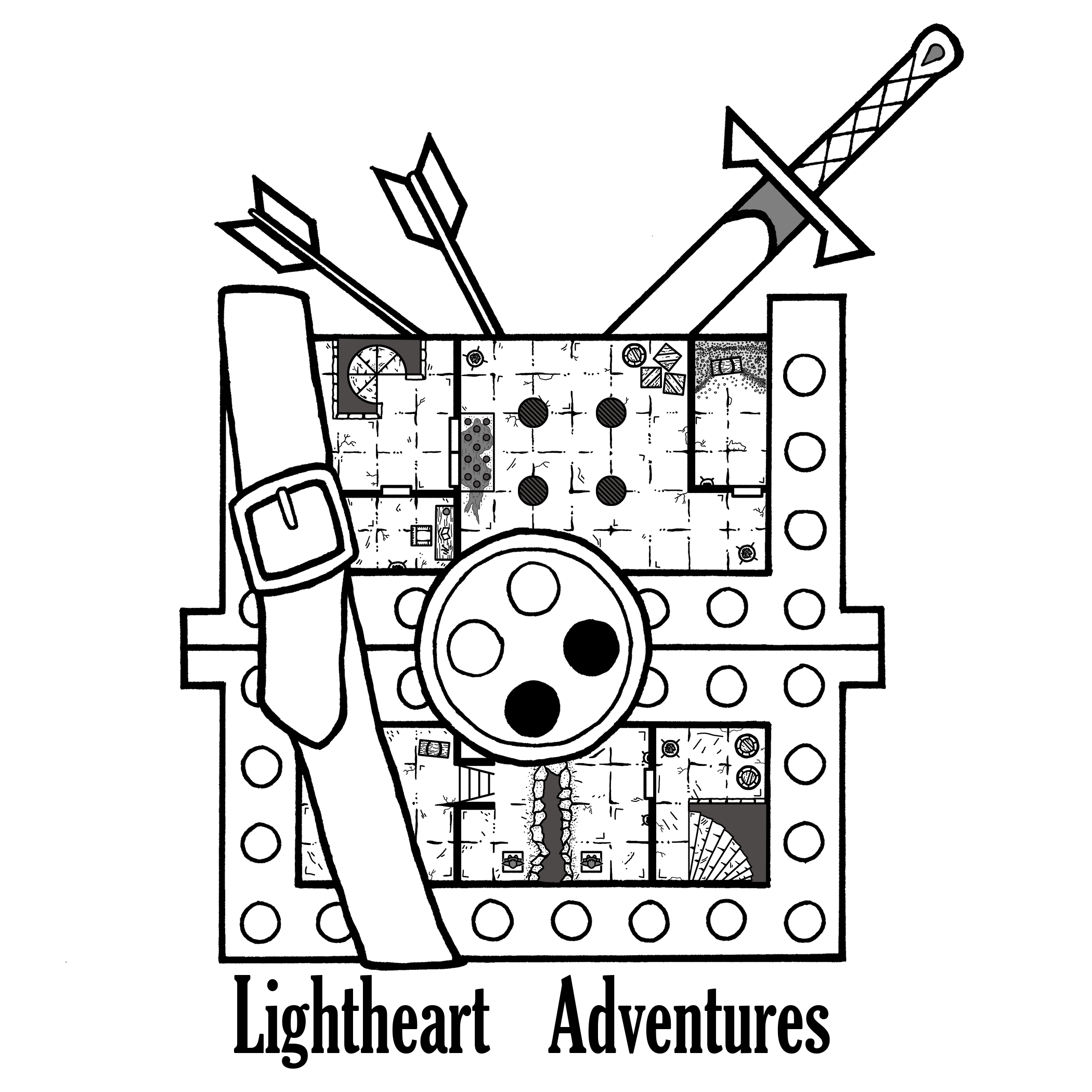I’m burying the lede here: I like the new Tasha’s Cauldron of Everything book. It may not be my absolute favorite D&D entry, but there’s plenty of useful info within. Want a way to customize races? Tasha’s got it covered. 30 new subclasses, including the Artificer? It’s in there! New monsters? Ok, maybe not that, but there’s still so much content for players and DMs. I spent last week talking about the new sidekick rules and how to turn up the difficulty with it, and that was only 6 pages! Today, I’d like to give you my whirlwind thoughts with a Tasha’s Cauldron of Everything review!
Disclaimer: This post contains affiliate links, meaning we may receive a small commission from qualifying purchases if you click on our links, at no additional cost to you. As Amazon affiliates, we may earn from qualifying purchases. You can see our full disclosure here. Thanks for supporting your favorite dungeon artists!
Tasha’s Cauldron of Everything review -- Content for Everyone
Customized Origins
Tasha’s Cauldron of Everything introduces a new method to allow for deeper customization for all races in D&D. These tools allow you to swap out languages, proficiencies, and even ability score increases! Gone are the days of being stuck with a -2 intelligence if you want to play an orc. This allows players to pick the race they truly want to play with their chosen class without feeling like they’re losing out if they don’t take optimal pairings. Go ahead and make that dwarf bard with a +2 to charisma and +1 intelligence! However, one sticking point is some races with less sensitive racial abilities remain, and Tasha’s does little to address this beyond a sidebar offering “custom lineage”. Wizards of the Coast has taken steps towards greater inclusivity, though there’s still a ways to go to make that a reality.
Subclasses
I’m a sucker for new subclasses. Most, if not all, of the subclasses presented in Tasha’s are reprints from older books or unearthed arcana material. These subclasses went through a rigorous public testing process and are now presented in their reworked glory! I’m not going to go over each one in detail, but instead I want to share my top three.
Order Domain Cleric
Clerics are quite possibly my favorite class to play in D&D, and each of the three new subclasses in Tasha’s offer something interesting. While the Twilight and Peace domains are fascinating to look over, my first pick has to be the Order domain. This domain feels like a great balance between a support and front line class, allowing players to mix it up. Plus, the channel divinity ability grants allies temporary hit points when you deal damage. In other words, your beats are so sick you heal allies! There’s got to be a cleric/bard synergy in there somewhere.
Rune Knight Fighter
Next up is the stone-empowered Rune knight Fighter subclass. These powerful combatants utilize giant-taught runes to charge abilities and grant different powers. Rune knights select their runes from a list of six options, with stronger runes unlocking at higher levels. The main class ability is their Giant’s Might, which grants them increased damage, advantage on strength checks and saving throws, as well as increasing their size to large! I’d love to see a kobold or gnome Rune knight in game and all the chaos it brings.
Swarmkeeper Ranger
BEES! That’s the entirety of the subclass! Swarmkeepers utilize a faithful swarm of creatures to aid in combat as well as exploration. Canny keepers can take command of the battlefield by moving enemies or themselves, fly for a minute, or even disappear into their swarm to avoid damage. On top of all that, the Ranger class receives a set of optional rules that substitute out less desirable skills from the player’s handbook. In my opinion, this helps raise the maligned ranger class to higher levels of play.

Spells
Of course a book named after the most nefarious witch in D&D lore is filled with new spells. Much like the subclasses, some of these spells are reprints from older editions but updated (or fixed) for this release. There are some great spells included, such as the cantrip mind sliver, 1st level Tasha’s caustic brew, and Dream of the blue veil, which allows characters to hop from one dimension to the next. The big spells I want to focus on are the updated summoning spells introduced at 3rd level. Rather than summoning creatures from the Monster Manual, these new spells generate creatures based on an included stat block. There’s versatility within these summons as well, as each stat block features actions and abilities based on the desired preset. For example, Summon Fiend allows the caster to select the type of fiend they want: Devil, Demon, or Yugoloth. No longer will DMs scramble to add eight ½ CR creatures that might unbalance an encounter. This is a fantastic addition to the spell roster, and I look forward to using them in my campaigns.
Magic Items
There’s a sizable list of new magical items found in Tasha’s, though aside from a few, I didn’t feel like many were notable. Many wondrous items are fairly similar: utility items for each of the major schools of magic. They’re neat inclusions, but not must-haves. Tasha’s also introduces magical tattoos for players to find, but each tattoo requires an attunement slot to obtain. Unattuning from these tattoos causes them to fade from your body into a needle, which can be applied again later. I can see the sense of not having permanent magical items attached to your body without any kind of drawback. However, I am a fan of how Critical Role uses magic tattoos: they cost both money and expensive rare materials (jewel dust), and characters could only ever have one tattoo. Magical tattoos should be a big decision, and I feel like the rules in Tasha’s don’t reflect that. This just makes me want to homebrew a whole slew of magical tattoos of my own!
As a side note, I love the Teeth of Dahlver-Nar — magic teeth that can be sown to summon monsters or implanted to gain weird magic powers. There’s a two-page spread detailing each tooth, the creatures they summon, and a story title themed with the power the tooth grants. It feels like it could be as fun as the Deck of Many Things without being as game-breaking.
Dungeon Master Tools
Session Zero
Wizards of the Coast officially released their own session zero guidelines to aid in everything from party formation, setting house rules, and discussing limits in gameplay. I feel that this section could have had a little larger emphasis, especially regarding social contract topics. It’s barely one and a half columns, and it seems like the bare minimum. If you want to learn more about in-game safety, I wrote up a post discussing it more in-depth.
Sidekicks
I love ‘em enough that I wrote up a whole post about them! The sidekick mechanic is an easy way to level NPCs alongside player characters without going into too much math. Aside from the subclasses, this was easily my most-anticipated feature in this book!
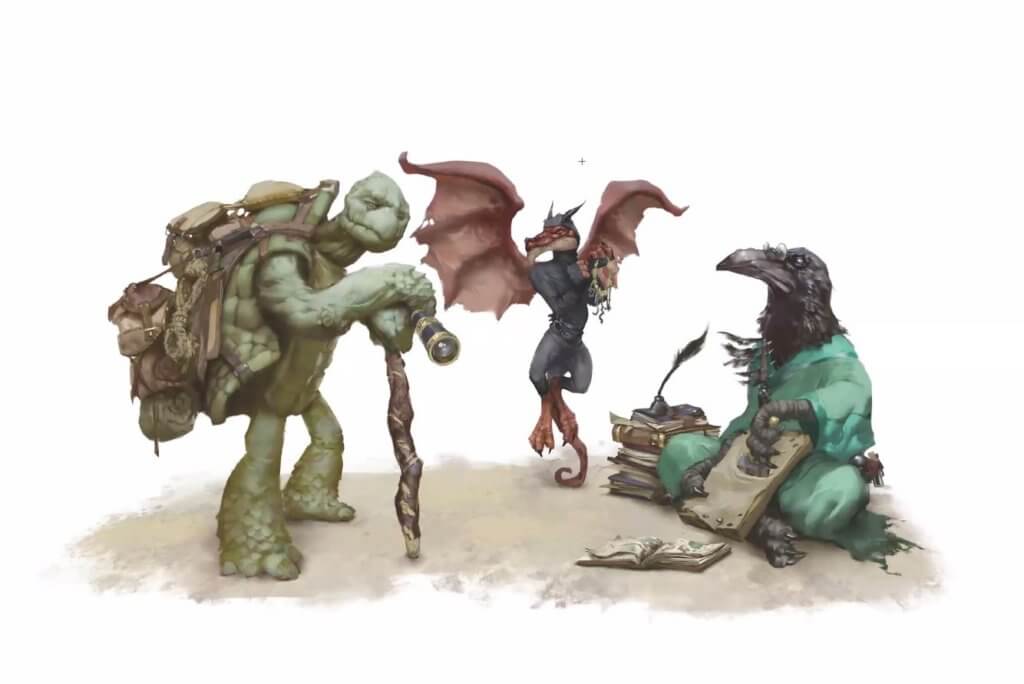
Artwork by Mark Behm in Tasha’s Cauldron of Everything
Supernatural regions and phenomena
This was an unexpected surprise in the back of the book. These tables feature weird and unusual effects found in the Far realms or haunted buildings to throw at your players. Some regions are a little too peculiar to randomly stumble upon, but they do provide plenty of ideas for campaigns. All in all, I know I’ll come back to this section as there’s just so much to use!
Puzzles
Bringing up the rear is a selection of pre-made puzzles. Unfortunately, this was my least favorite section. The puzzles themselves are well-written and thought out, but something about them didn’t grab me. Characters of any level could solve them, as the solutions are logic-based rather than dependent on specific class abilities. This makes sense as the puzzles are meant to be easily plugged into any campaign, but I like puzzle solutions tailored to spells and abilities. Even something like reading runes to determine which magic brazier to light is more interesting than solving a riddle that doesn’t challenge the character but the player.
Wrap up
On a scale of one to ten — I’d rate Tasha’s Cauldron of Everything a solid 7. It’s worthwhile to have for the subclasses and other tips, but I found myself wishing there were more monsters and lore. In my opinion there’s nothing better than getting a slew of new monster stats to surprise players, or reading about the deeper lore found within those books.

Thanks for dropping by! We would love to know what you thought of our review, so please drop a comment here on the blog, on Twitter, Facebook, Instagram, or Discord to let us know how it went! If you’d like access to more maps and content, including downloadable PDFs of our adventures, check out our Patreon. We’re able to do what we do because of all our amazing Patrons!

